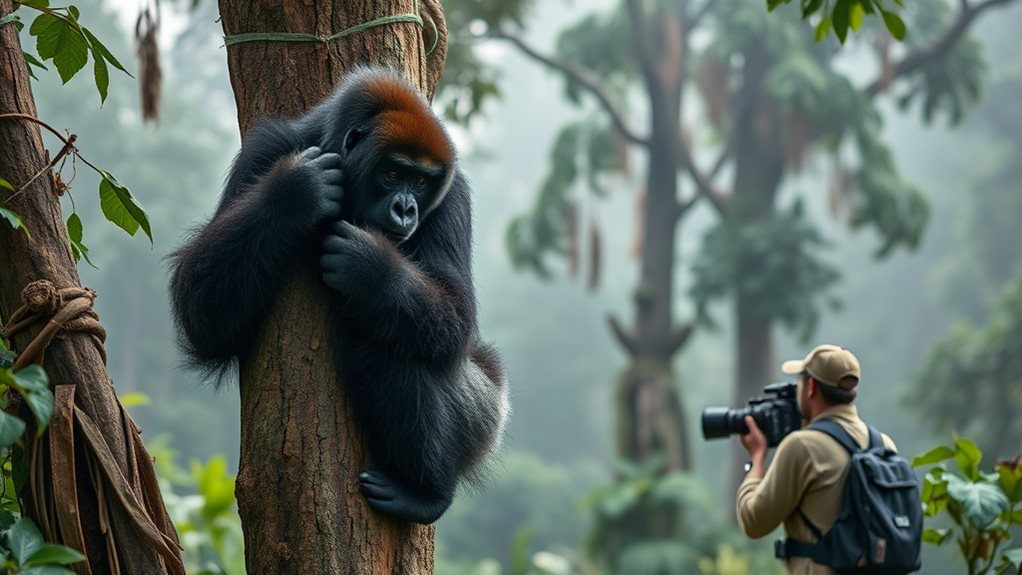Relocating from Michigan to Texas: Your Ultimate Guide to a Seamless MoveRelocating from Michigan to Texas: Your Ultimate Guide to a Seamless Move
Making the move from Michigan to Texas is an exciting adventure filled with new experiences. While the process of relocating can seem overwhelming, the proper steps will ensure you settle in with ease. This guide will walk you through everything you need to know to make your move a success.
Why Choose Texas?
Texas offers numerous advantages for those seeking a change. Known for its warm climate, robust job market, and affordable cost of living, the Lone Star State draws people from all over the country. Whether you’re after a new career opportunity, a change in lifestyle, or simply a warmer climate, Texas provides a great environment to start fresh.
REQUEST FREE QUOTES
Key Steps to a Successful Move
Moving from Michigan to Texas requires planning and organization. Here’s a step-by-step approach to make the transition easier:
- Research Texas Cities
Texas is home to many diverse cities, each with its own unique characteristics. Research cities like Houston, Austin, and San Antonio to find the one that best suits your lifestyle and career goals.
- Create a Moving Budget
Moving expenses can add up quickly. Make sure to account for the cost of hiring movers, renting a truck, or buying packing supplies. Don’t forget to include travel expenses, meals, and accommodation if needed.
- Look for a New Place to Live
Begin your housing search as early as possible. Texas has everything from urban apartments to spacious suburban homes. Decide if you want to rent or buy and explore areas with good schools, public transportation, and amenities.
- Declutter and Pack
Before packing, take time to go through your belongings. Donate or sell items you no longer need. This will lighten your load and make packing more manageable. Use sturdy boxes and label them clearly.
- Settle Your Affairs in Michigan
Don’t forget to handle any loose ends before leaving Michigan. Cancel or transfer services, like utilities and internet, and notify your employer, bank, and the postal service of your address change.
Adjusting to Life in Texas
Once you arrive in Texas, it will take some time to get accustomed to the local culture and lifestyle. Here are a few things to keep in mind:
- Weather: Texas is known for its hot summers and mild winters. Be sure to prepare for the heat by staying hydrated and wearing breathable clothing.
- Cost of Living: Although Texas is generally more affordable than Michigan, certain areas, such as Austin and Dallas, are more expensive. Adjust your budget to fit the new costs.
- Transportation: Texas is a car-centric state. Public transportation is limited in some areas, so owning a vehicle will likely be essential in these areas.
What Makes Texas Special?
From job opportunities to recreational activities, Texas offers many unique aspects that will make your move worthwhile:
REQUEST FREE QUOTES
- Thriving Job Market: Texas is a hotspot for various industries, including technology, healthcare, and energy. With companies like Google and Apple expanding into Texas, job opportunities are abundant.
- Outdoor Activities: The state offers a wide range of outdoor activities, such as hiking in the Hill Country, fishing in one of the many lakes, or exploring the beaches along the Gulf Coast.
- Cultural Events: Texas is rich in cultural heritage, with vibrant communities that celebrate diverse traditions through music, food, and festivals.
Quick Checklist for Your Move
Stay organized with this checklist to ensure you don’t miss any crucial steps:
- Research neighborhoods and housing options.
- Plan your moving expenses and budget accordingly.
- Pack early and label boxes.
- Notify important contacts (bank, insurance, utilities).
- Register your car and update your driver’s license.
- Explore Texas’s local culture and lifestyle.
Frequently Asked Questions About Moving from Michigan to Texas
1. How long does it take to drive from Michigan to Texas?
Depending on your route and stops, the drive from Michigan to Texas can take around 18-24 hours.
2. Do I need to hire a moving company?
Hiring professional movers can make the process easier, but it’s not necessary. You can rent a moving truck and handle it yourself if you prefer.
3. What are the best cities to live in Texas?
Some of the top cities include Austin, Dallas, Houston, and San Antonio. Each offers a unique living experience tailored to your preferences.
4. What should I do about healthcare when moving to Texas?
Before moving, ensure that you transfer your health insurance or find a new provider in Texas. Many major insurance companies offer coverage in multiple states.
5. What is the cost of living like in Texas?
The cost of living in Texas varies by city. Major cities like Austin and Dallas can be more expensive, while smaller towns are more affordable.
Moving from Michigan to Texas opens the door to a world of new opportunities. By planning your move, adjusting to the new lifestyle, and staying organized, you’ll find the transition to be smooth and rewarding. Texas is full of promise, and with the proper preparation, you’ll quickly feel at home in the Lone Star State.
REQUEST FREE QUOTES
Buzzmoving collaborates with reliable movers nationwide to deliver exceptional service. Get your free quote today and enjoy personalized moving solutions.

